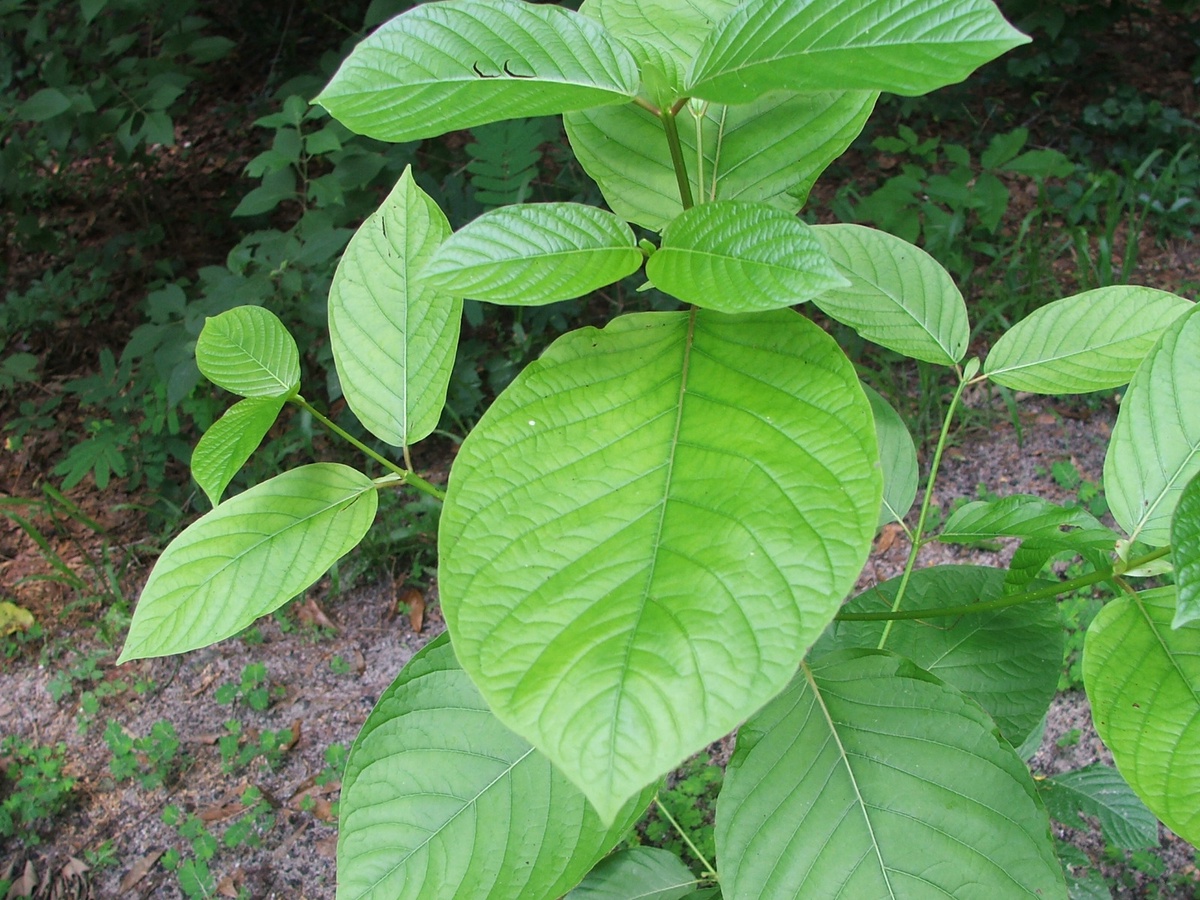A Deep Dive into Kratom's Plant Relatives and Their Unique Characteristics
Introduction
Kratom, scientifically known as Mitragyna speciosa, has been a subject of interest and debate across various communities. Originating in Southeast Asia, this evergreen tree is part of the Rubiaceae family, a group that includes many other fascinating and lesser-known plants. This article delves into the botanical relatives of kratom, exploring their unique characteristics and the hidden gems within this diverse family.
Understanding the Rubiaceae Family
The Rubiaceae family, also known as the coffee family, encompasses around 13,500 species and nearly 620 genera. It's characterized by trees, shrubs, and herbs found in tropical and subtropical regions worldwide. Notable for their economic and ecological significance, members of this family have various uses, from providing popular beverages like coffee (Coffea spp.) to medicinal plants like kratom.
The Close Relatives of Kratom
1. Cinchona (Cinchona spp.)
- Characteristics: Native to South America, Cinchona trees are famous for their bark, which contains quinine, an effective treatment for malaria.
- Historical Use: The medicinal properties of Cinchona were discovered by Indigenous people in South America and later adopted by European colonizers.
- Current Research: Studies continue to explore the potential of Cinchona extracts in pharmaceutical applications.
2. Psychotria Viridis
- Characteristics: A small tree or shrub with psychoactive properties, often used in traditional Amazonian brews.
- Cultural Significance: It's a crucial ingredient in Ayahuasca, a ceremonial drink used for spiritual and healing purposes in many South American cultures.
- Modern Interest: Research is ongoing into its potential therapeutic benefits for mental health issues.
3. Ixora (Ixora spp.)
- Characteristics: Known for their attractive flowers, Ixora plants are common ornamental plants in tropical climates.
- Traditional Uses: In various Asian cultures, Ixora is used in traditional medicine for its anti-inflammatory and astringent properties.
- Current Applications: The plant is being studied for its potential in treating skin conditions and wounds.
Kratom: The Star of the Family
Kratom stands out in the Rubiaceae family for its unique alkaloid profile, which includes mitragynine and 7-hydroxymitragynine. These compounds are primarily responsible for kratom's effects, which range from stimulating at low doses to sedative at higher doses.
Traditional Uses
In its native regions, kratom has been used for centuries for its medicinal properties. Traditionally, it was chewed by workers to combat fatigue and improve stamina.
Modern Uses and Research
Today, kratom is gaining attention for its potential in pain management and opioid withdrawal support. However, it's essential to approach kratom use with caution due to its complex legal status and the need for more comprehensive research.
The Debate Over Legality and Safety
The legal status of kratom and its relatives varies globally. While some countries embrace their traditional uses, others have restrictions due to concerns over potential abuse and health risks. It's crucial to stay informed about the legal status of these plants in your region.
Conclusion
The Rubiaceae family, with its diverse range of plants including kratom, offers a fascinating glimpse into the world of botanicals. From traditional uses to modern research, these plants hold significant potential for medicinal and therapeutic applications. As we continue to explore their benefits and risks, it's vital to approach them with a balance of curiosity and caution, respecting both their cultural heritage and the scientific evidence surrounding them.


No comments yet